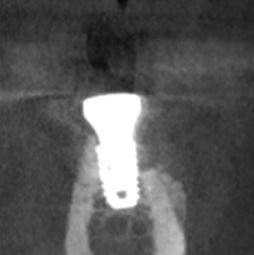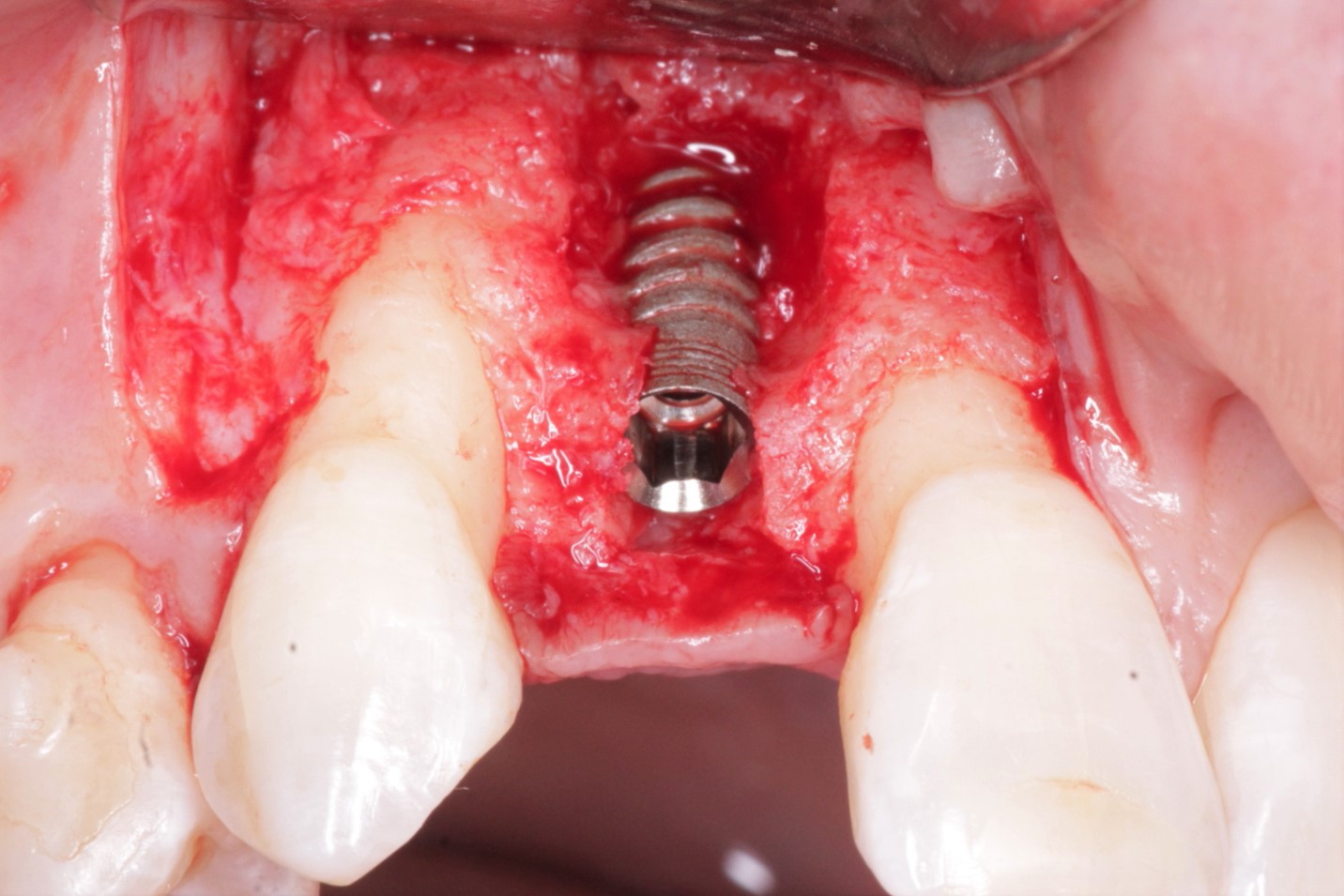Lost a Molar: Is an Implant Really Needed?
Just had molar #31 removed. I’m 71 in good health. Much dental work done over the years. Being advised to have an implant. I have been reading and find pros and cons covering all the reasons. Primary dentist said that 70% of biting is done on the first molar, therefore the loss of molar 31 was not significant. He advises that implant is not significant for this space and other risks like miss alignment, possible nerve damage, make the implant a marginal positive decision and in fact says they would advise against it. What do you think? Thanks.
1 Comments on Lost a Molar: Is an Implant Really Needed?
New comments are currently closed for this post.
Dr. Carlos Boudet
11/12/2015
It is true that you can function and chew your food very adequately with your first molar being the last tooth on that side. As dentists we are trained to offer the best treatment option. I would suggest that you and your dentist consider as many factors as possible and arrive at a decision that will be the best option for you.Some factors to consider include:
Look at whether you have a tooth opposing the extracted #31.Look at whether you have your second molars on the other side (15 and 18).Try to determine if your chewing ability has diminished since #31 was extracted.Look at the condition of the rest of your teeth.Ask the surgeon about the risks/benefits and possible complications in implant placement for #31. Finally, in a situation like yours, I ask my patient how much will he or she miss the extracted molar. If the answer is yes, a lot, then I will recommend the implant, knowing that they will benefit from it.Hope this helps.Carlos Boudet, DDS, DICOI

















